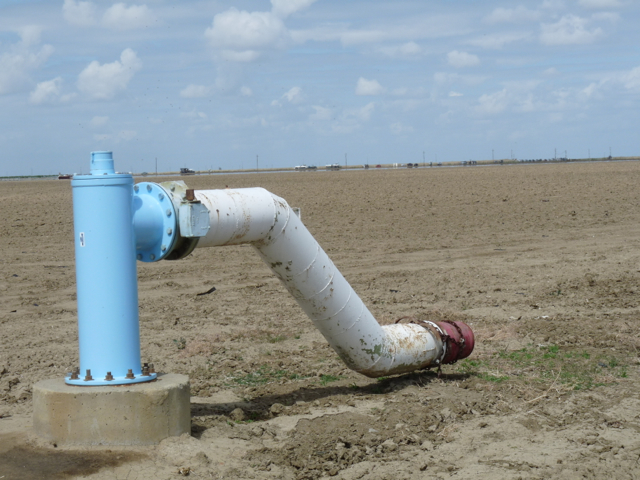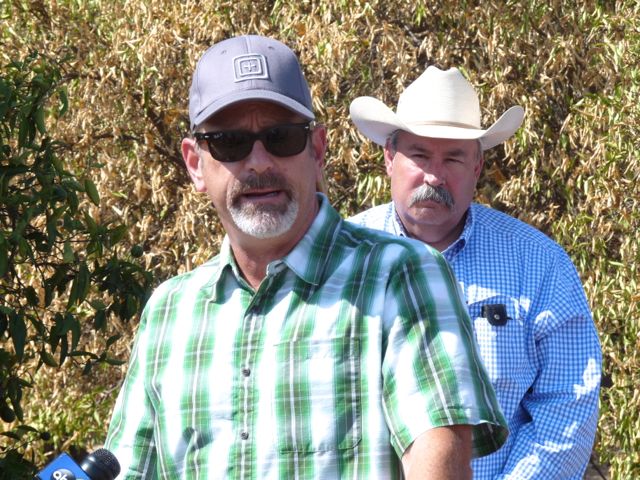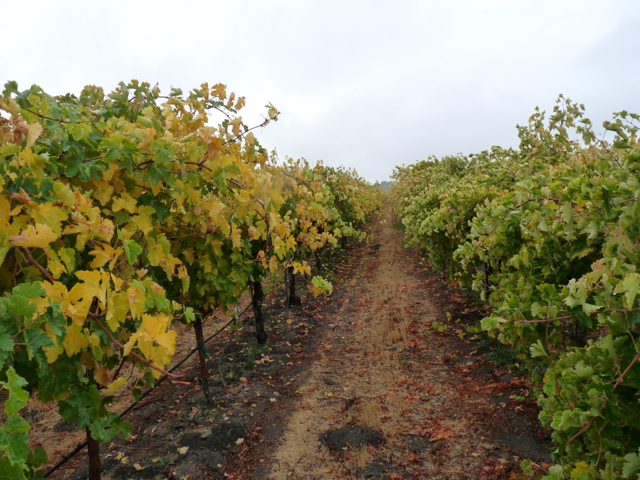Drought leaves Tulare County homes without water
By
Hundreds of rural San Joaquin Valley residents no longer can get drinking water from their home faucets because California’s extreme drought has dried up their individual wells, government officials and community groups said.
The situation has become so dire that the Tulare County Office of Emergency Services had 12-gallon-per person rations of bottled water delivered on Friday in East Porterville, where at least 182 of the 1,400 households have reported having no or not enough water, according to the Porterville Recorder.
Many people in the unincorporated community about 52 miles north of Bakersfield also have been relying on a county-supplied 5,000-gallon water tank filled with non-potable water for bathing and flushing toilets, The Recorder said.
Emergency services manager Andrew Lockman, said the supplies of bottled water distributed by firefighters, the Red Cross and volunteer groups on Friday cost the county $30,000 and were designed to last about three weeks but are only a temporary fix. To get future deliveries, officials are asking low-income residents to apply for aid and for companies to make bottled water donations like the one a local casino made a few weeks ago.
“Right now we’re trying to provide immediate relief,” Lockman said. “This is conceived as an emergency plan right now.”
Officials said the problem is partly due to the shallowness of some residential wells in East Porterville that are replenished by groundwater from the Tule River, the Fresno Bee said. But river flows are way down due to the ongoing drought, leaving some wells dry.
East Porterville resident Angelica Gallegos fought back tears as she described being without water for four months in the home she shares with her husband,, three children and two other adults.
“It’s hard,” she told The Bee. “I can’t shower the children like I used to.”
Farmworker Oliva Sanchez said she still gets a trickle from her tap, but dirt started coming out with the water about a week ago.
“I try to use the least possible. I’ll move if I have to,” she said.
Along with experiencing inconvenience and thirst, some residents have been reluctant to speak up about being waterless because they are afraid their landlords will evict them or social workers will take their children away, The Recorder reported.
“We want to make it abundantly clear we are not going to make this harder for anyone,” Lockman stressed. “These lists aren’t going anywhere. (Child Welfare Services) isn’t getting a list. They (CWS) made it abundantly clear they are not going to remove children because of no water. We just want to help the people.”

















